Worth the price? Trying out Alaska Airlines’ new digital bag tags
It may actually be time to say goodbye to paper luggage tags. When we heard about Alaska Airlines’ new bag tags (made by a company called Bagtag), we wanted to test them out in real life. In a bid to help passengers save time at the airport and cut down on wasted paper, Alaska is now …

It may actually be time to say goodbye to paper luggage tags. When we heard about Alaska Airlines’ new bag tags (made by a company called Bagtag), we wanted to test them out in real life.
In a bid to help passengers save time at the airport and cut down on wasted paper, Alaska is now selling the electronic bag tags for $89.
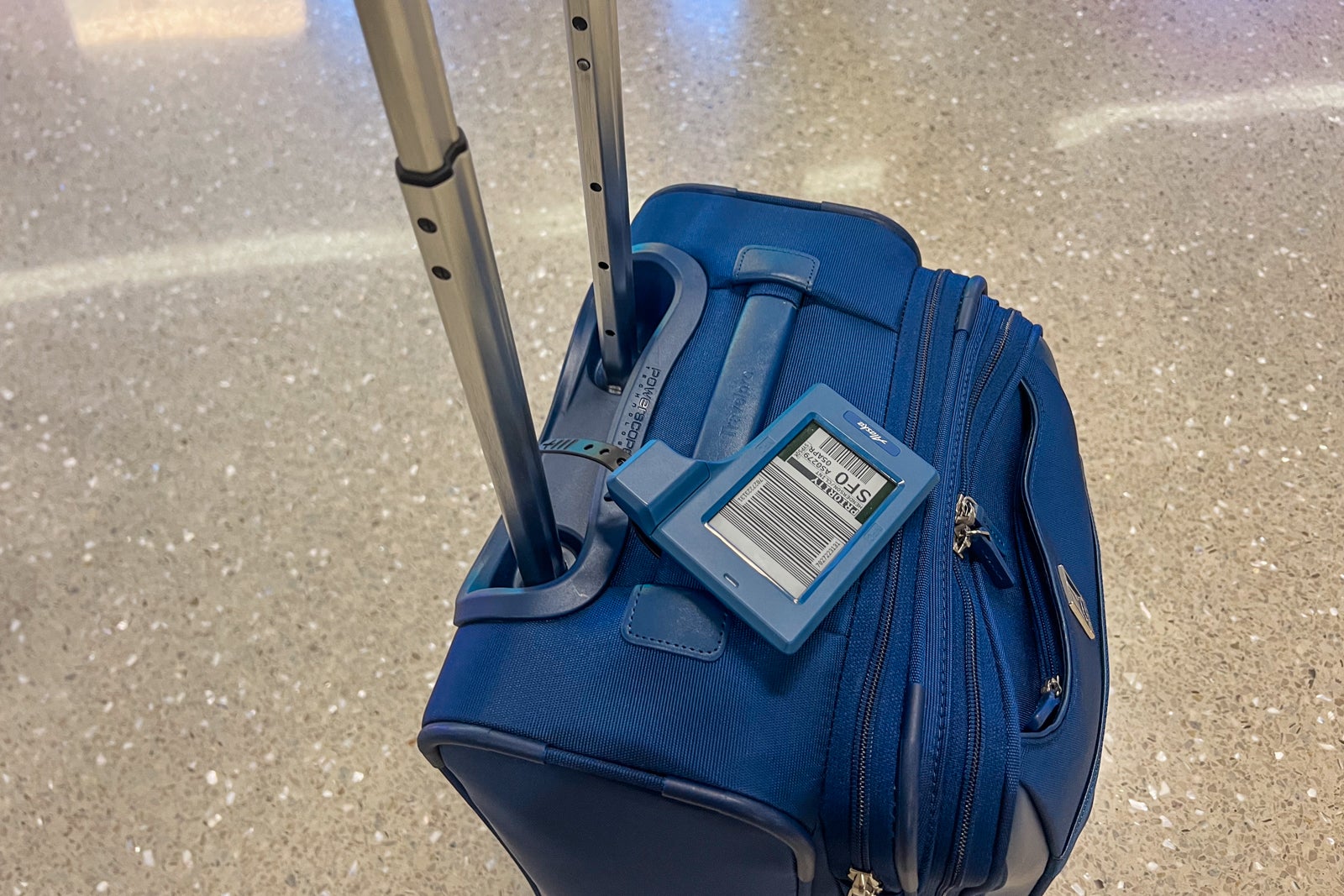
It’s a marvelous new technology — and although so far I’m not finding them 100% ready for prime time, they do work.
Alaska digital bag tags
The $89 price tag could be worth the investment for serious Alaska flyers. You buy the bag tags online, and then they mail them directly to you, as you can see in the photos below.

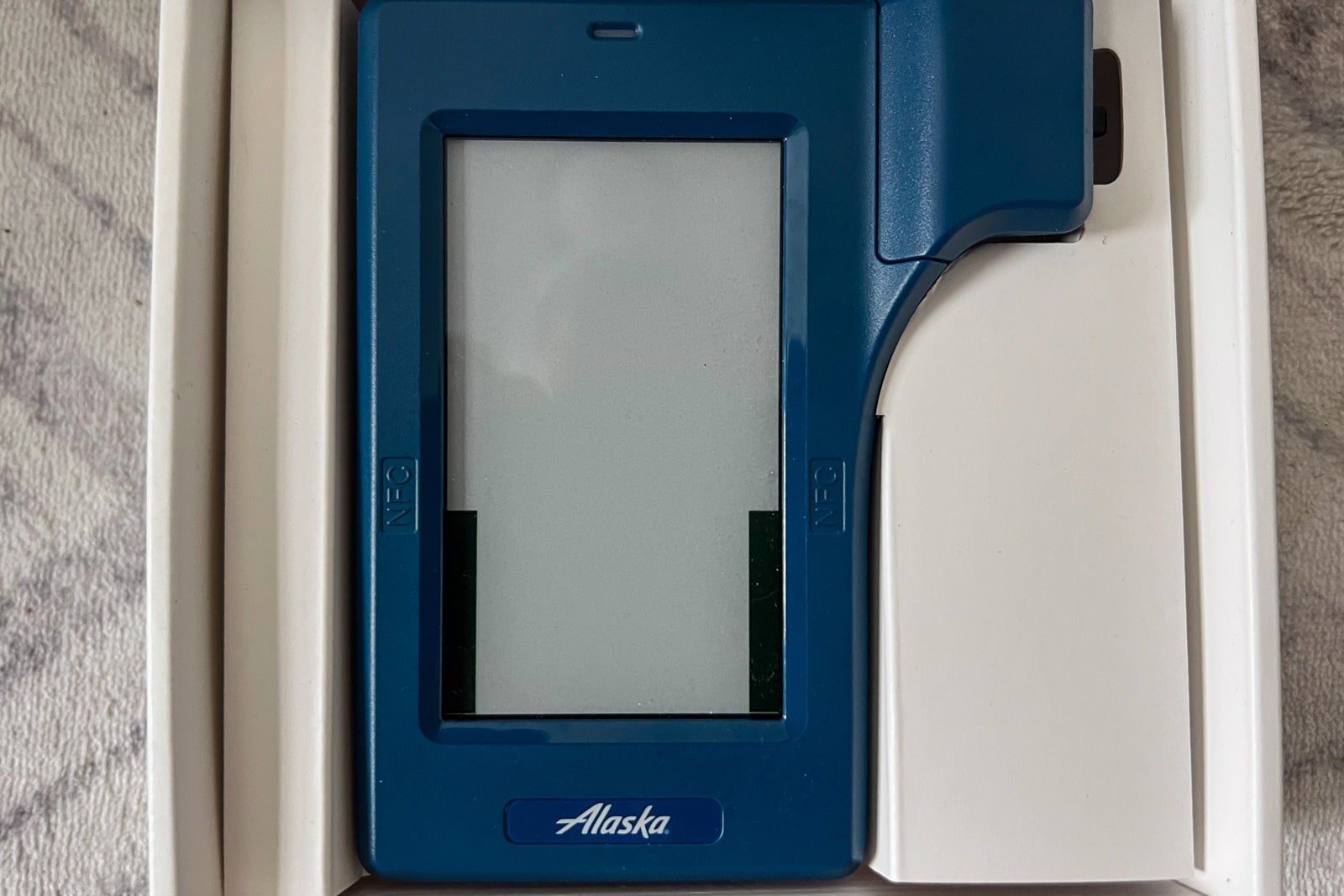
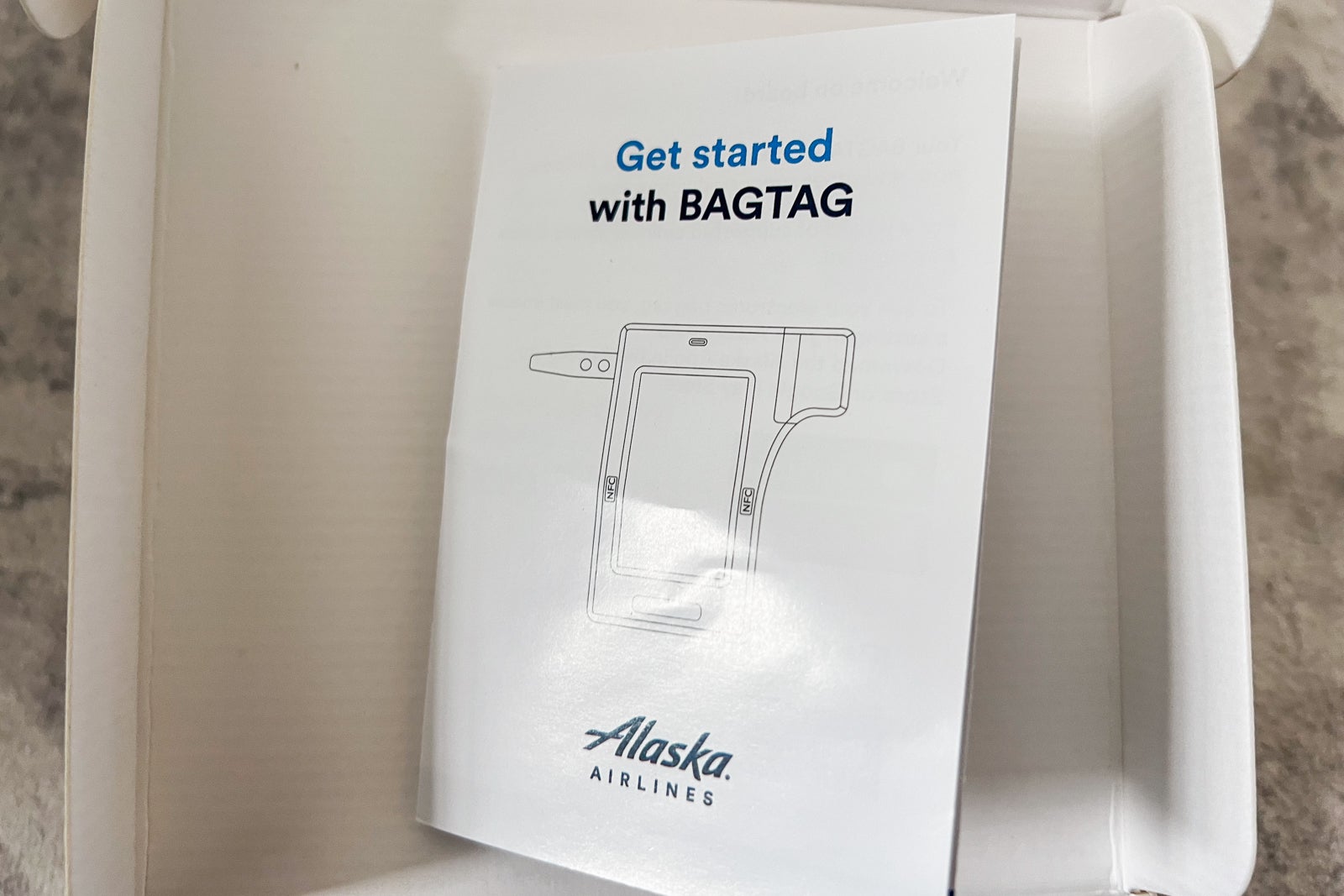



You can use them for flights on Alaska Airlines, SkyWest flights operated by Alaska, Oneworld partner Qatar Airways and Alaska partner Icelandair.
Merger partner Hawaiian Airlines flights will eventually also be eligible for electronic bag tag use once the systems are more fully integrated.
Qatar and Icelandair have their own versions of electronic bag tags, as do several other international carriers. For example, Lufthansa has been using them for years.
How to use the new Alaska bag tags
Add a bag to your flight and then use the Alaska app to check into your flight; you’ll see an “Electronic bag tag” button in your app.
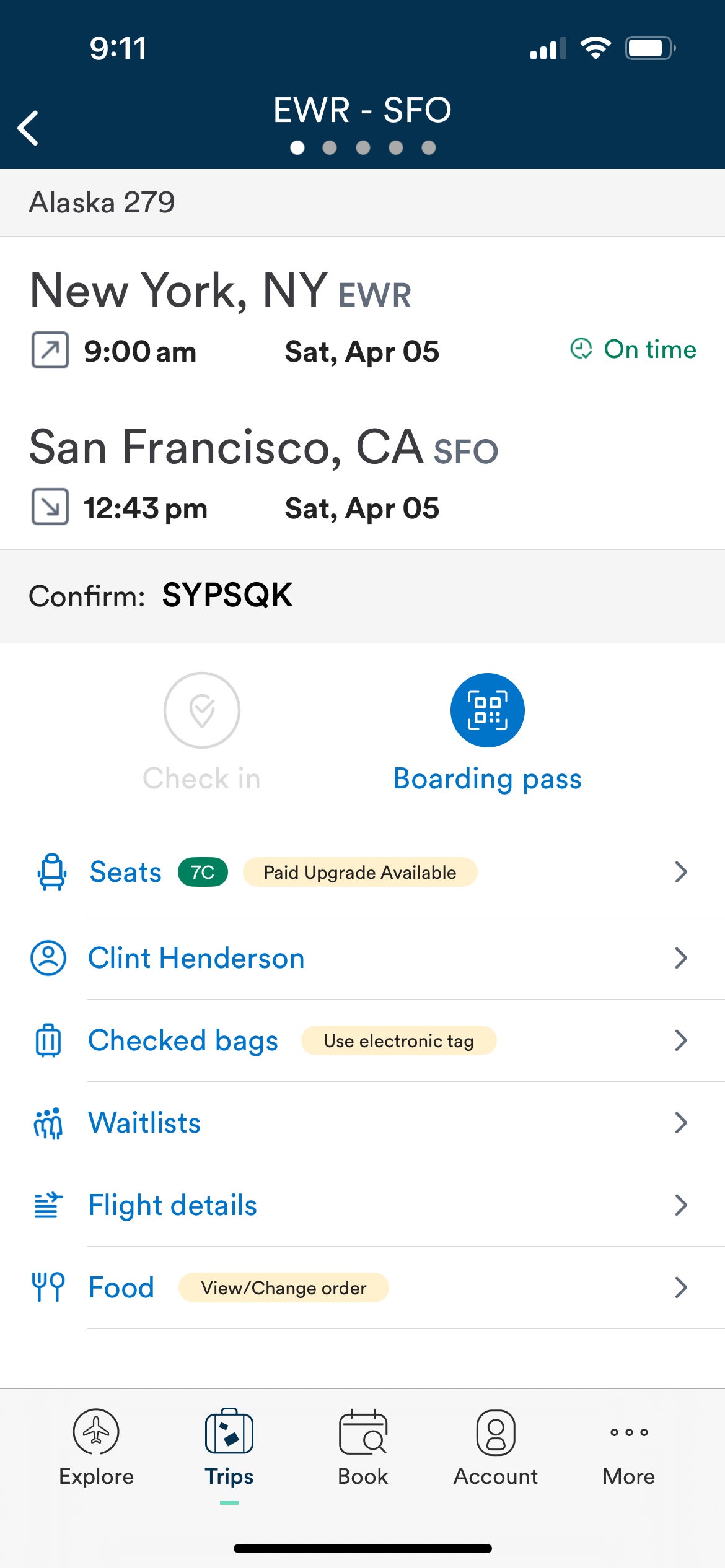
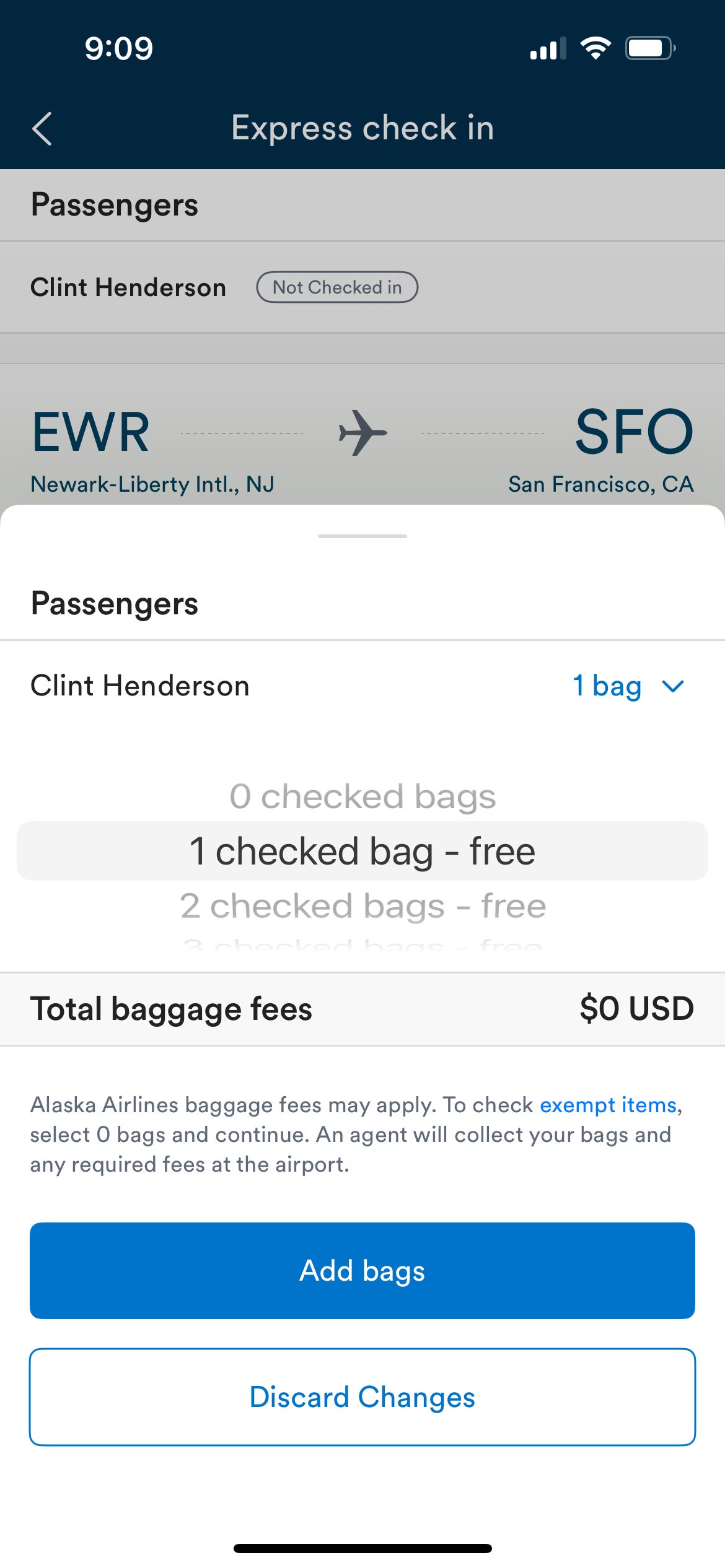

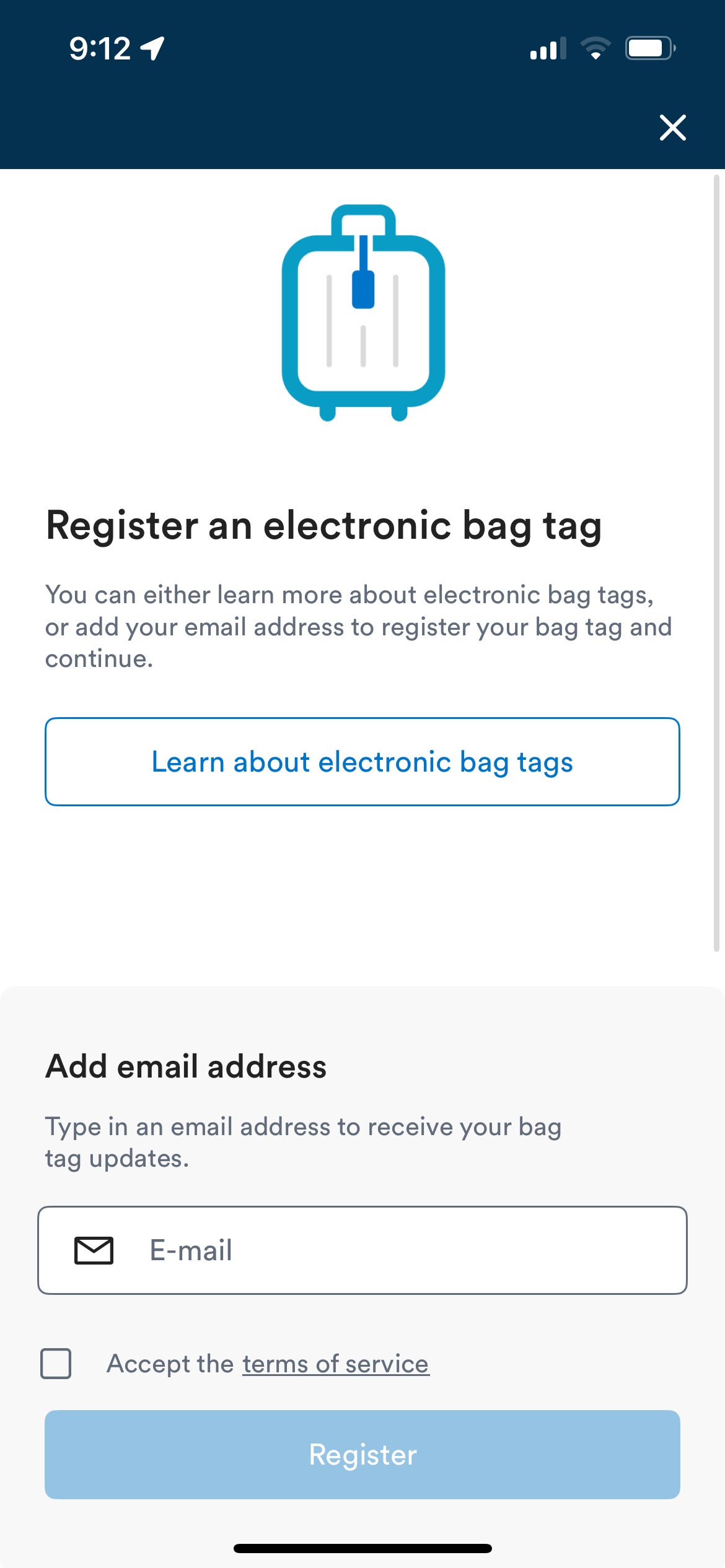
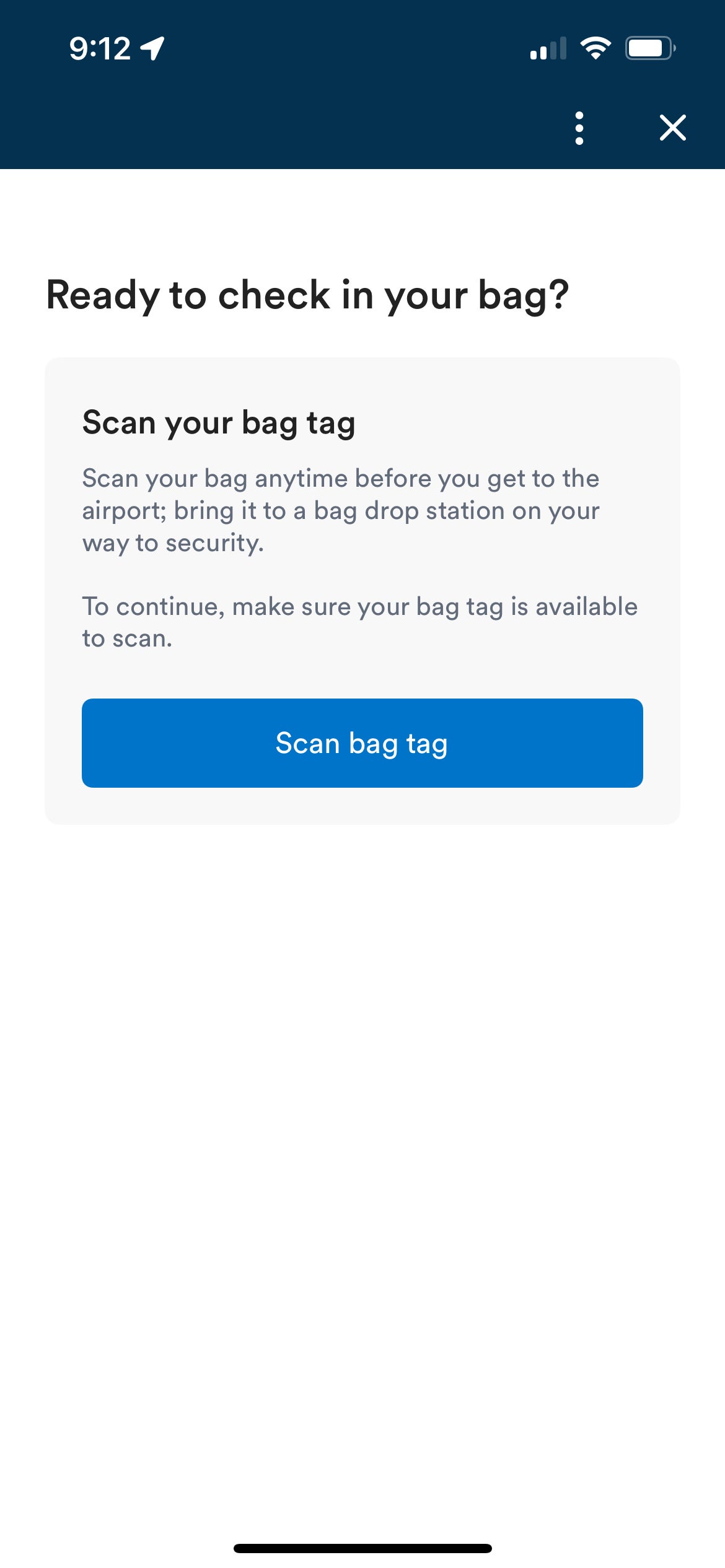
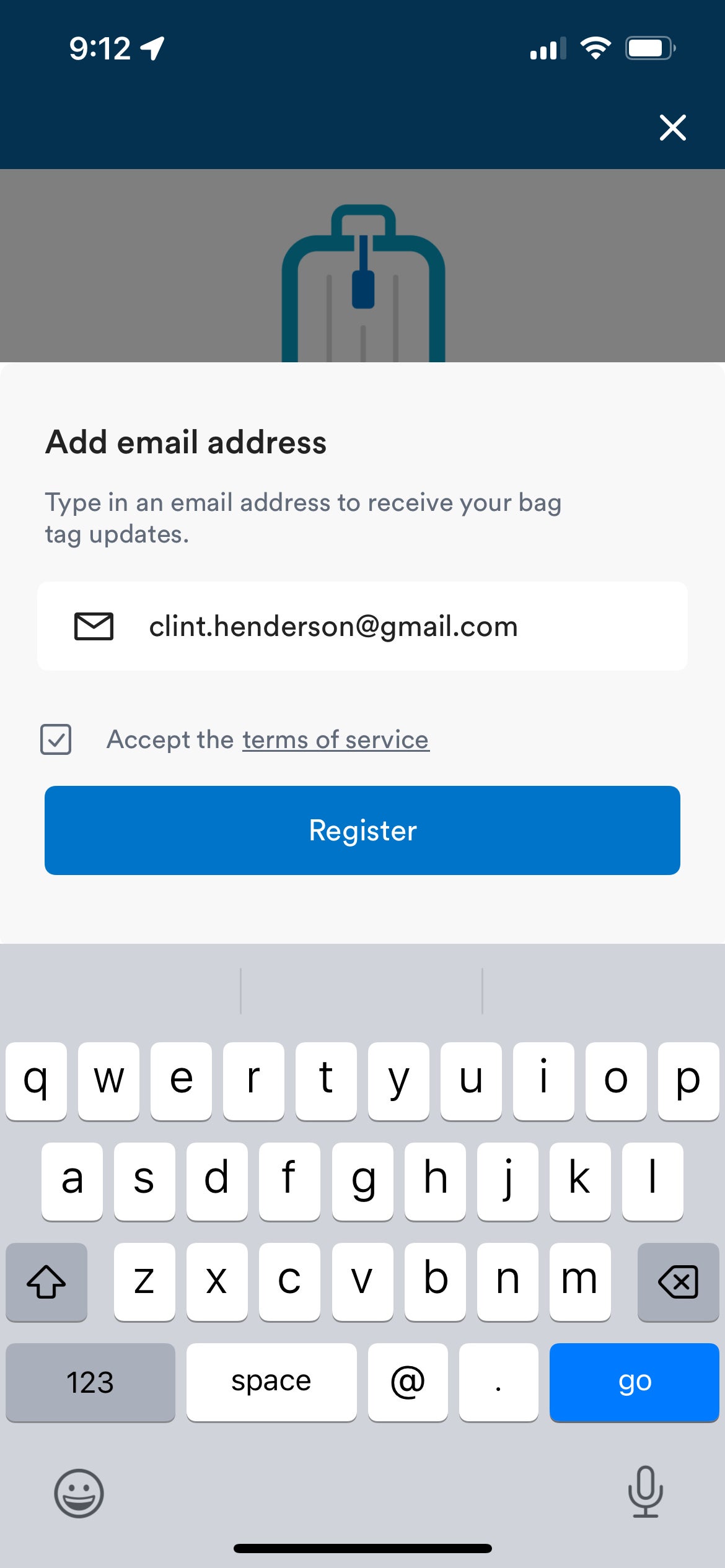
Once that is done, you simply use your phone to scan the bag tag.
Once the two devices have an electronic connection, a digital version of your luggage bar codes will show up on the screen.
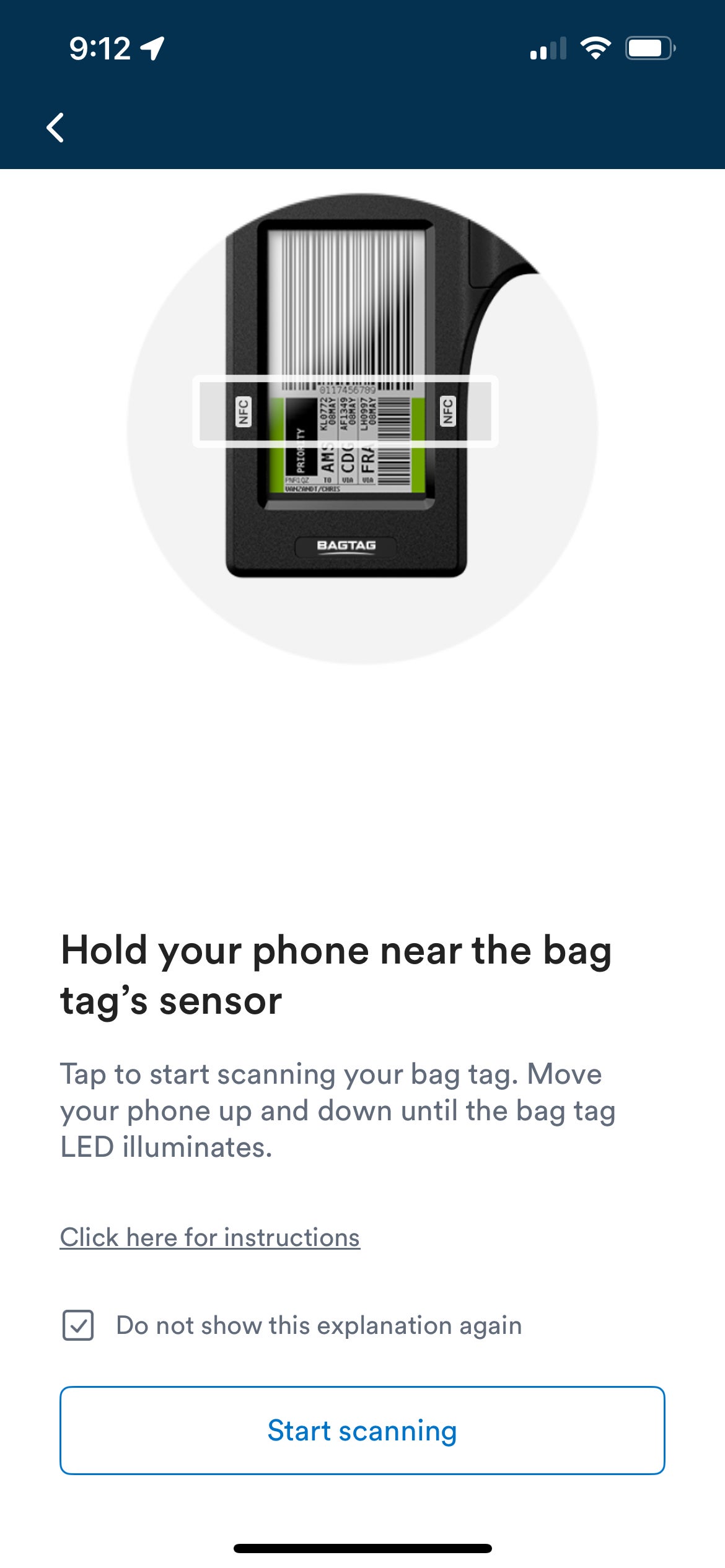
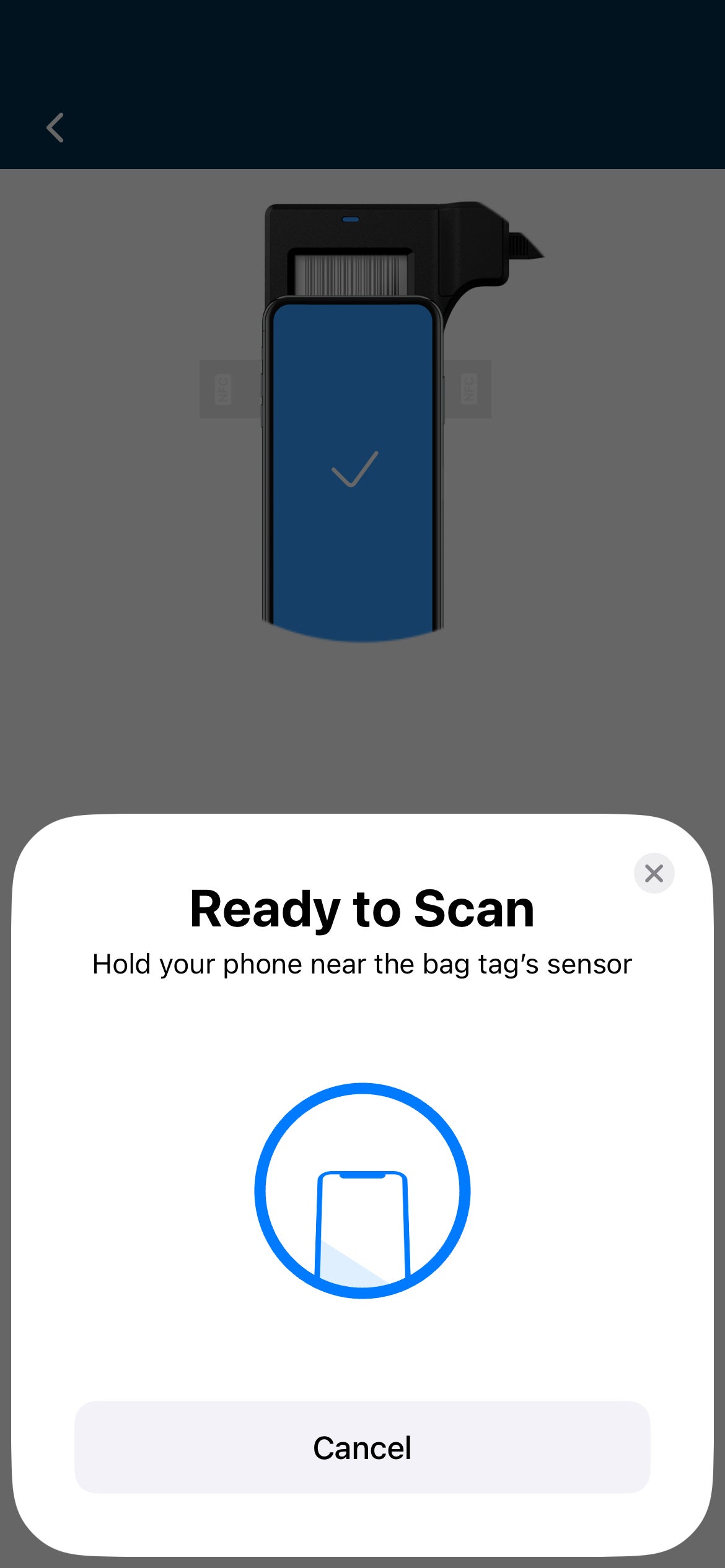
Loyalty update: Alaska Airlines unveils 4 major changes to MVP elite status
It took some time to form a tight e-connection, but eventually, a digital version of a paper bag tag appeared on the screen.
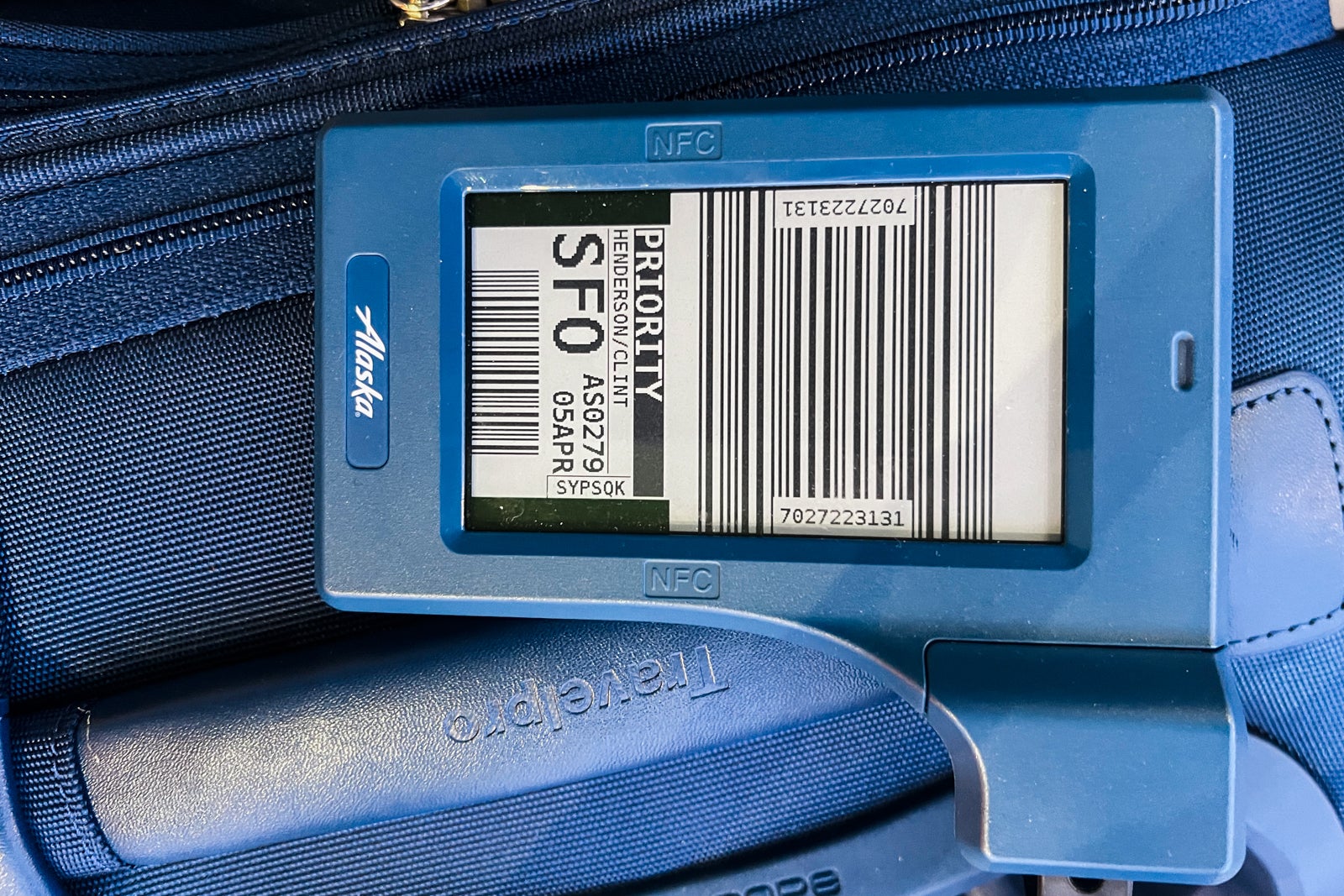
I first used my tag on a recent flight from Newark to San Francisco. The Alaska agent at the ticket counter hadn’t seen one of the bag tags before, but she got help from another agent who knew how they worked. They actually added a traditional paper tag to my luggage anyway to show I had priority bag handling — so much for not wasting paper.





Honestly, despite that, it was pretty cool to see it in action.
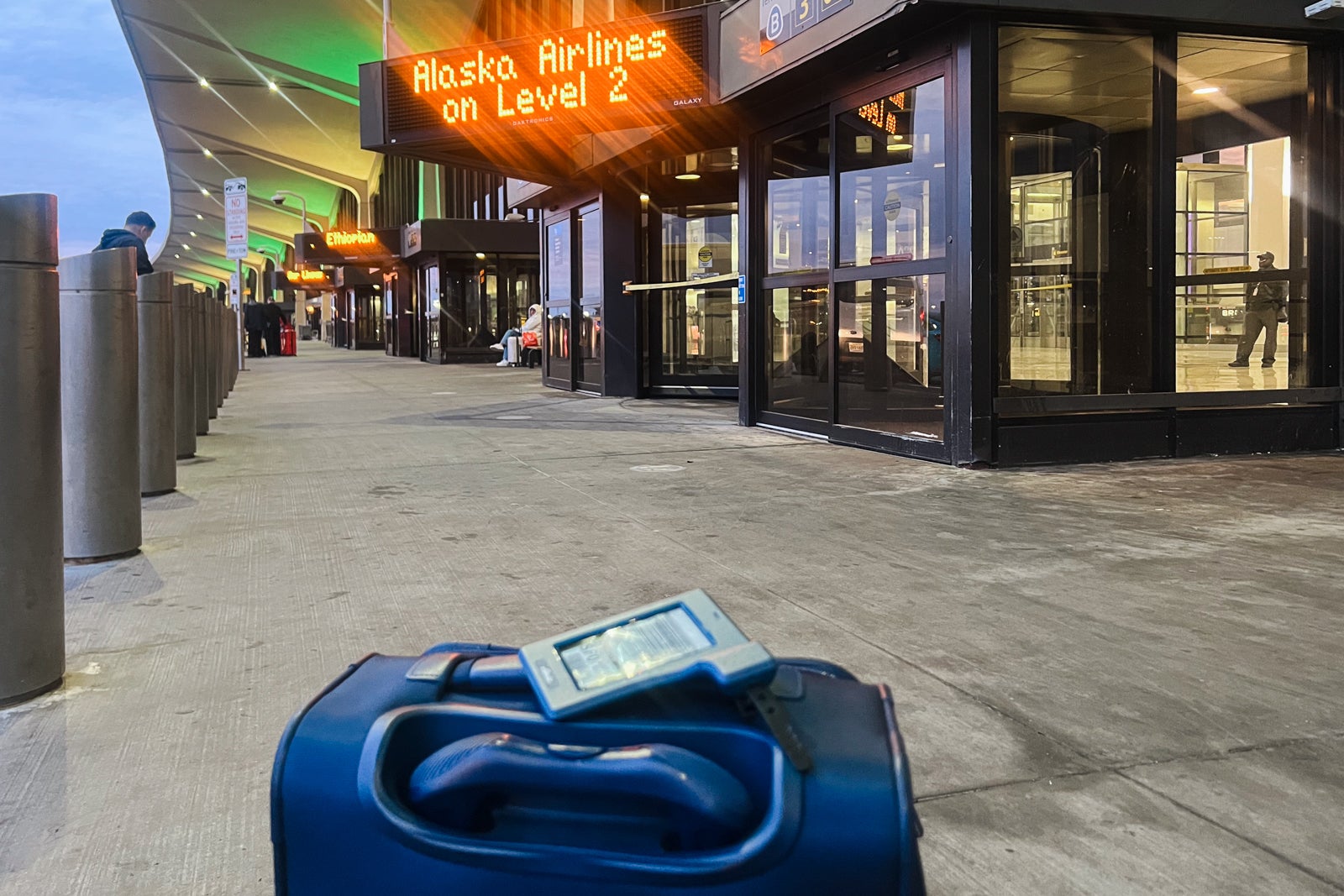
Unfortunately, the tale took a darker turn in San Francisco. When I got to baggage claim, my bag was there, but my digital bag tag face had been marked with green marker; the tag had apparently come off during handling because the tag was taped to the top of my luggage handle.






It would have been a problem if that tag had separated from the luggage, since there would have been no way to identify which bag was supposed to be with the digital tag.
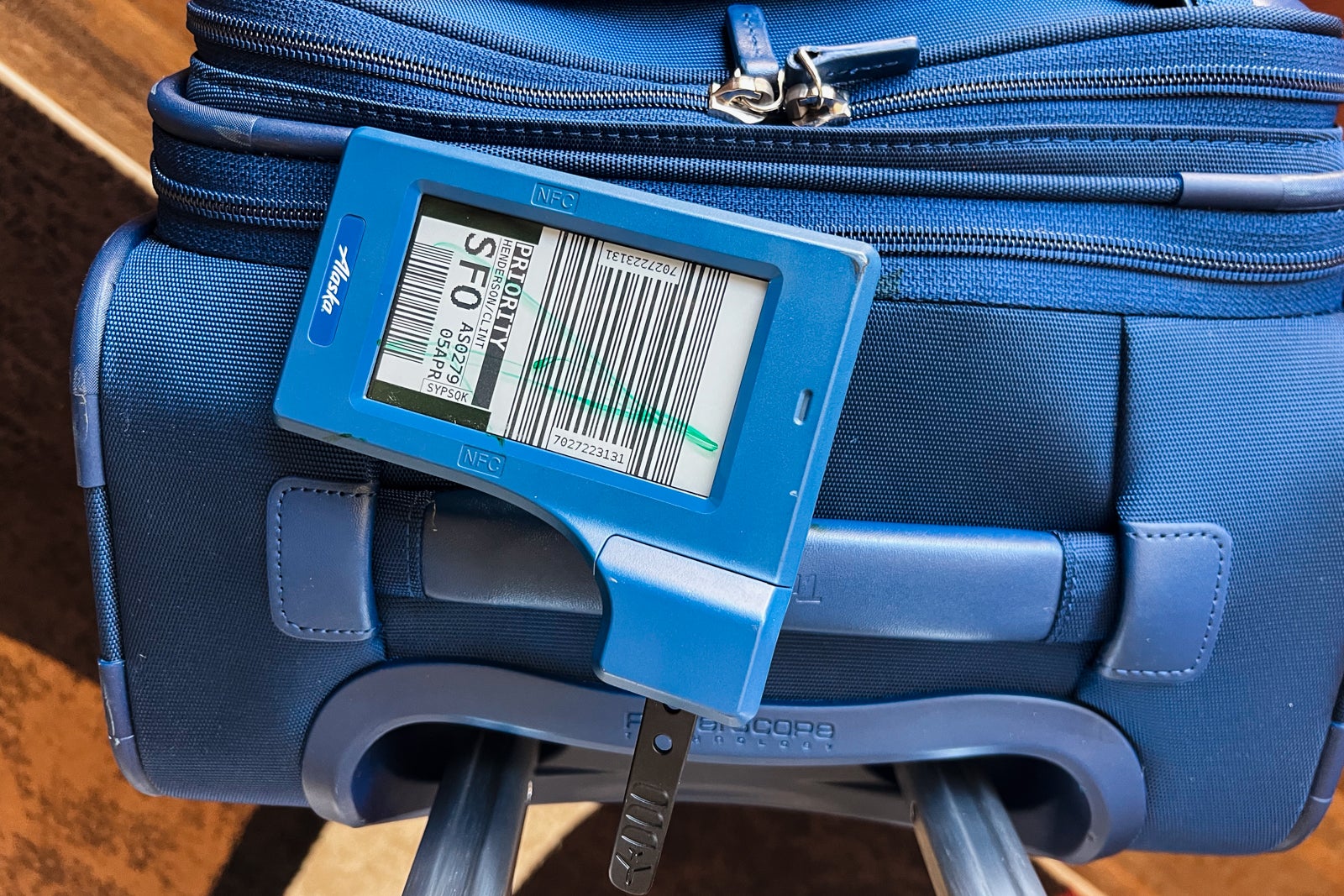
My biggest fear is that these tags won’t last through frequent travel, as the connecter strap seems flimsy.
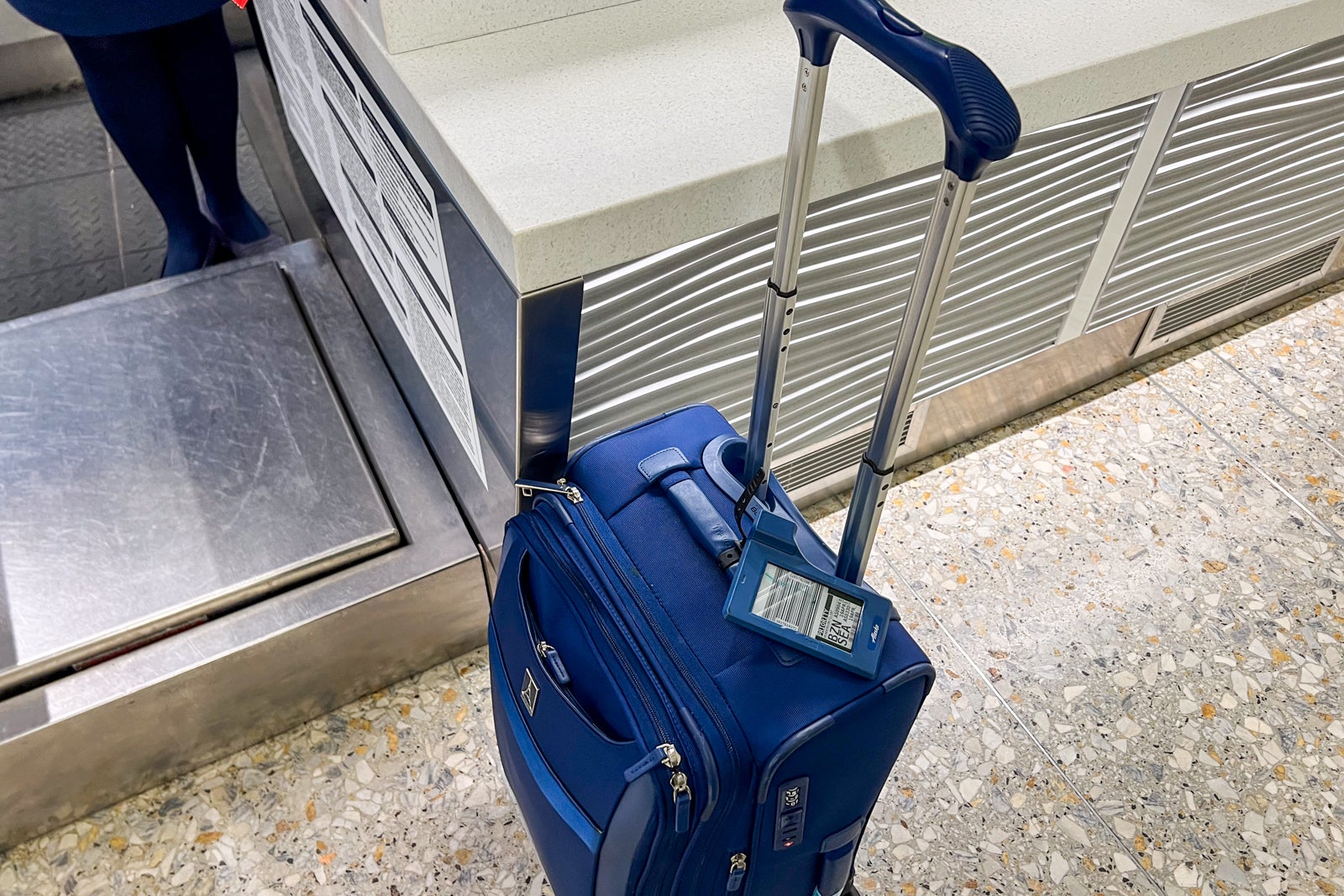
I have since checked that same bag four more times, though, and it has gone through several more check-ins and multiple connections without coming off. However, I do have it very tightly attached to the suitcase now.
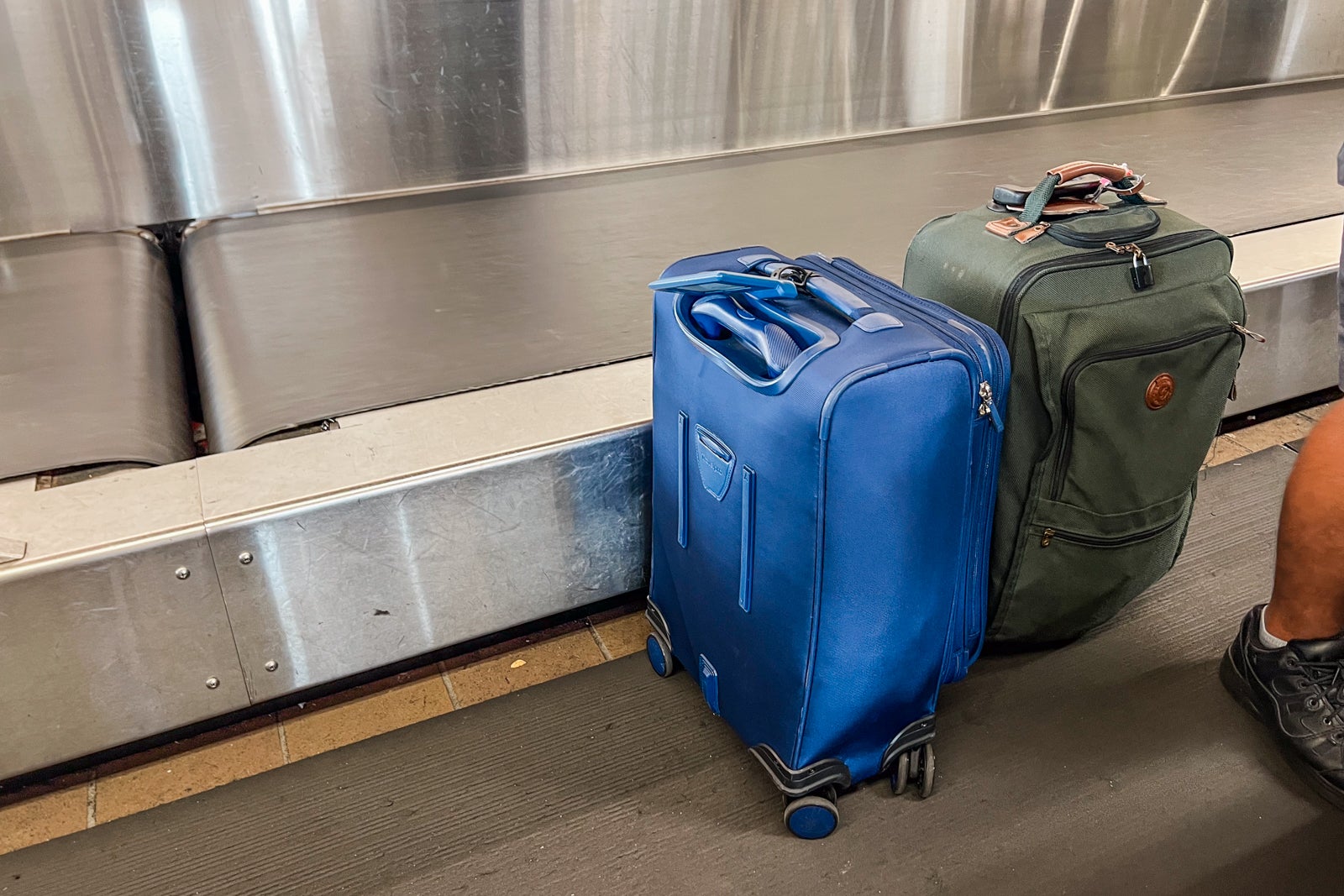
Overall, pretty impressive.
I’ll also give a shout-out to the new Travelpro Versapack suitcase I’ve been using. It has held up remarkably well despite the abuse I’ve been putting it through in all my travels.
Bottom line

The bag tags were a fun experiment for a traveler who doesn’t normally check bags. While the trial got off on a rough note, the bag tags did work. My biggest piece of advice if you are investing in this bag tag: Make sure it is attached super tightly to your bag.
Related reading:
- The best time to book flights for the cheapest airfare
- Best airline credit cards
- What exactly are airline miles, anyway?
- 6 real-life strategies you can use when your flight is canceled or delayed
- Maximize your airfare: The best credit cards for booking flights
- The best credit cards to reach elite status




















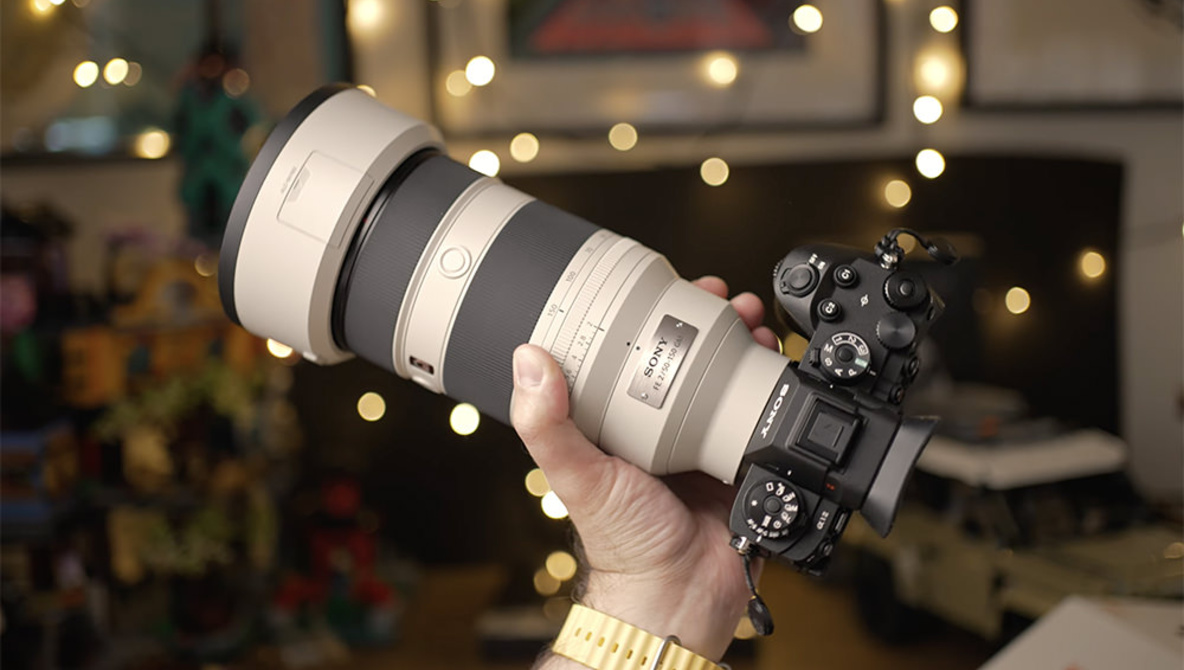


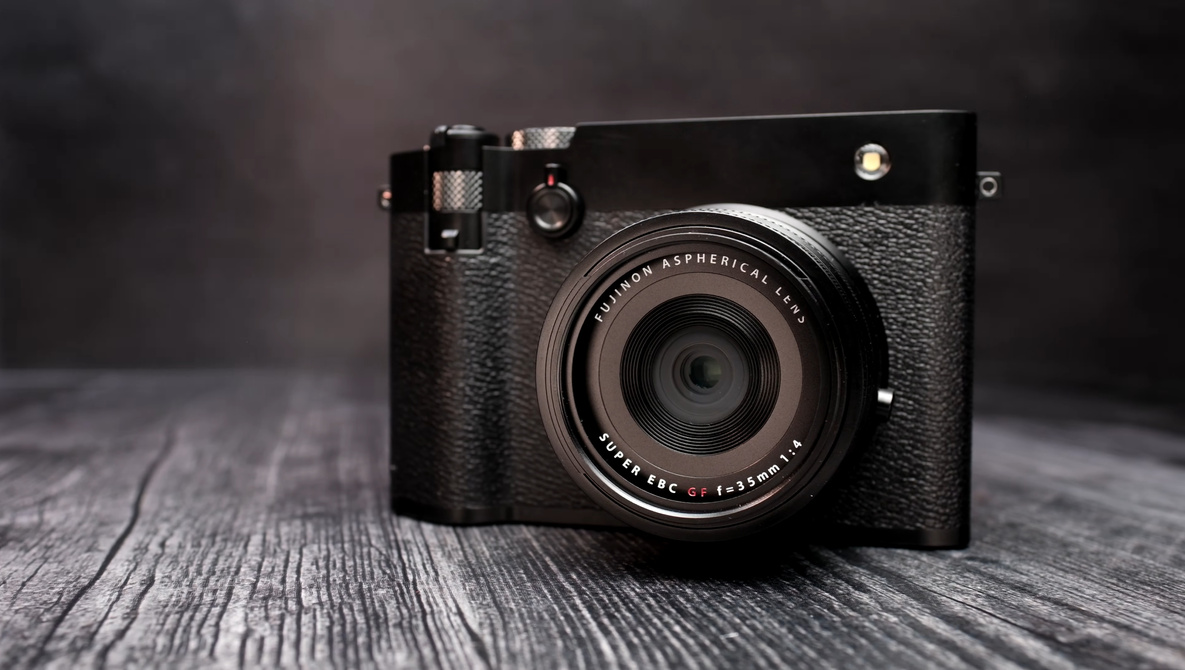













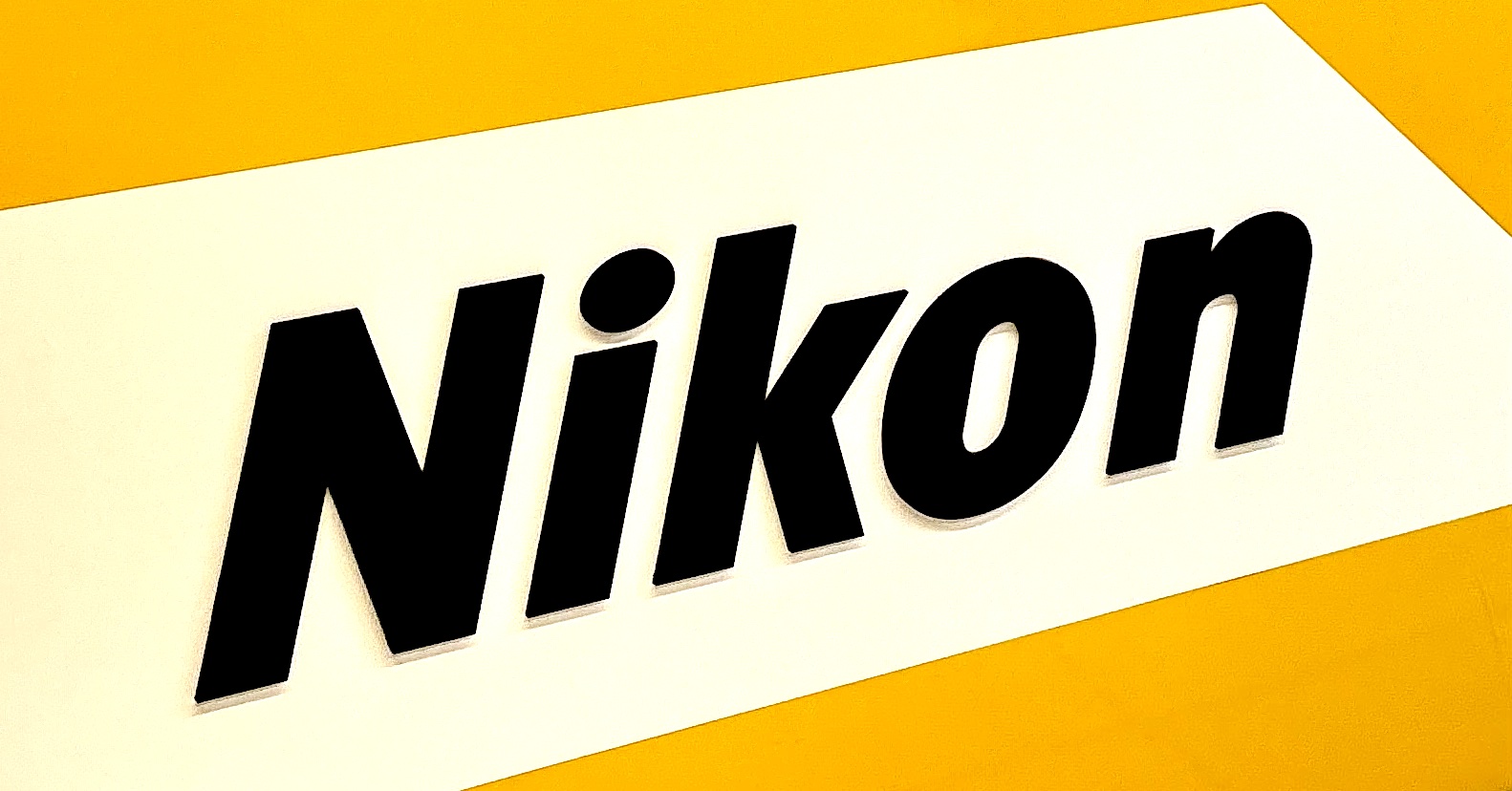
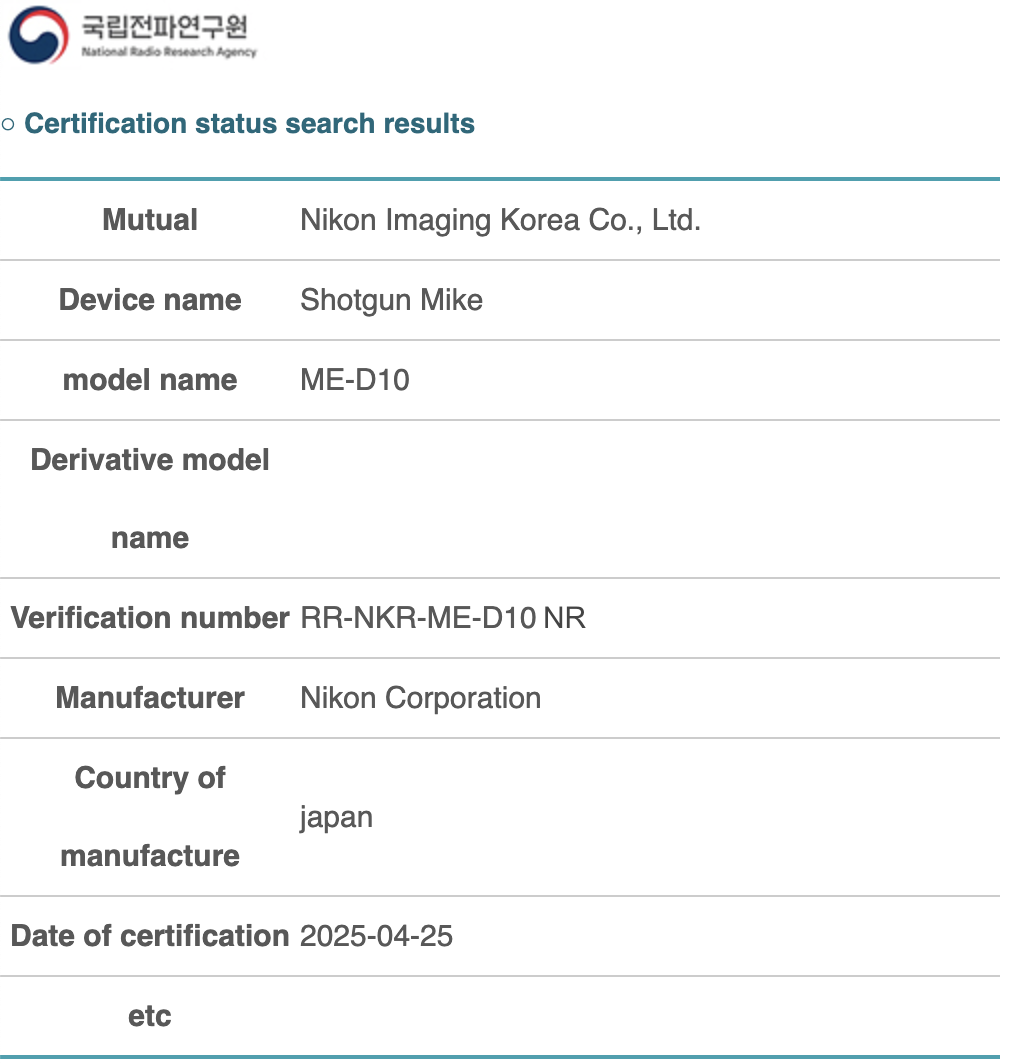




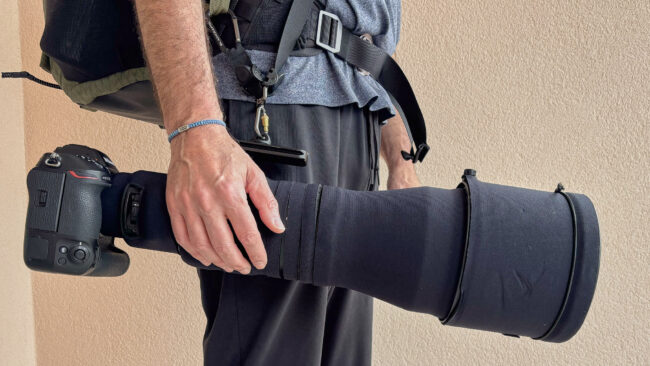






















-Mafia-The-Old-Country---The-Initiation-Trailer-00-00-54.png?width=1920&height=1920&fit=bounds&quality=70&format=jpg&auto=webp#)

























































































































































































